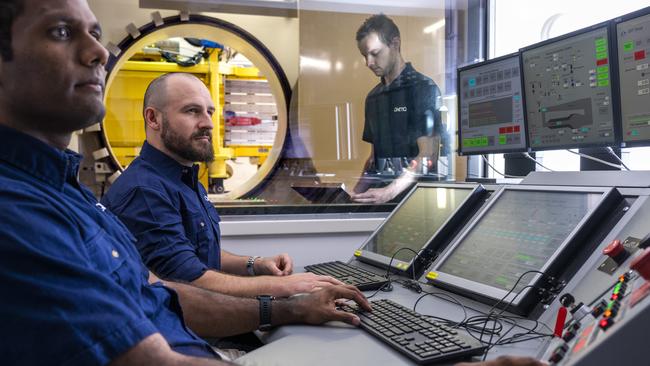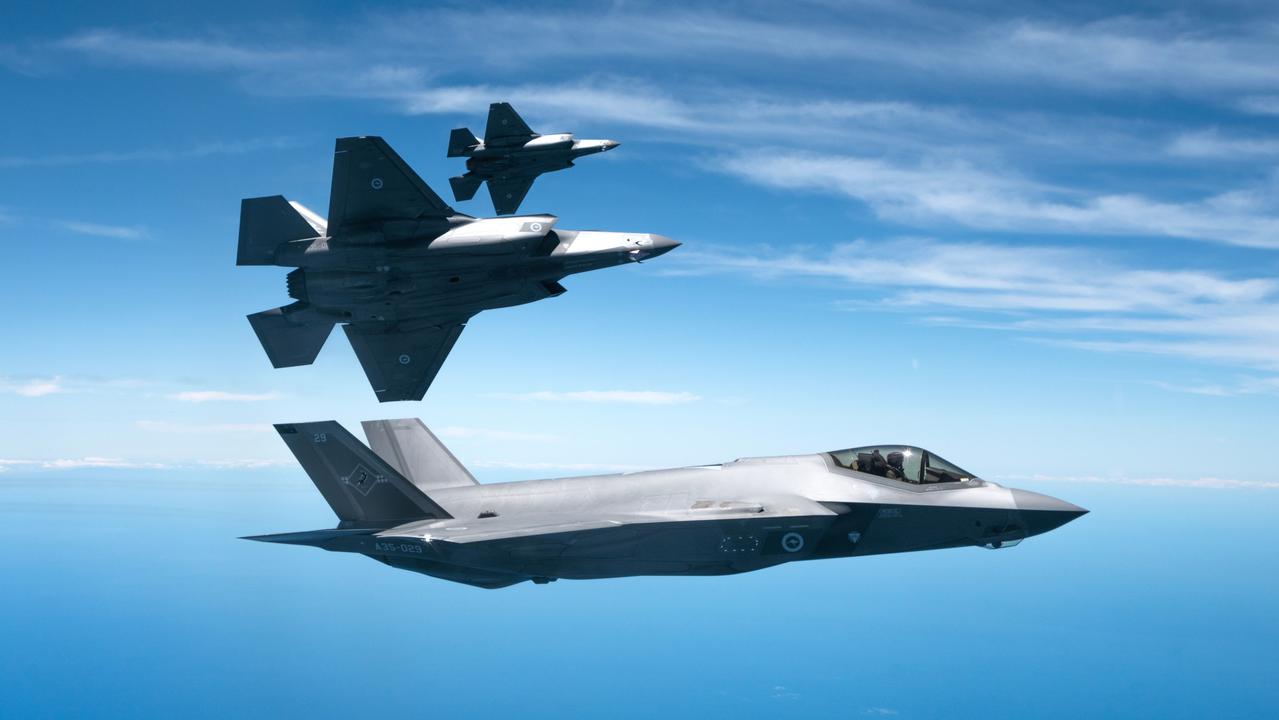Building a sovereign test and evaluation enterprise
The establishment of Defence’s Guided Weapons and Explosive Ordnance (GWEO) enterprise requires a rigorous test and evaluation capability to support the new weapons being acquired.

The establishment of Defence’s Guided Weapons and Explosive Ordnance (GWEO) enterprise brings with it a critical need for a rigorous test and evaluation capability to support the new weapons being acquired from cradle to grave.
The GWEO enterprise is gearing up for the manufacture of Lockheed Martin’s M270 Guided Multiple Launch Rocket System (GMLRS), and in late August Kongsberg Defence Australia announced that its Naval Strike Missile (NSM) and Joint Strike Missile (JSM) would also be manufactured locally.
The new guided weapons will require a robust test and evaluation (T&E) regime from design, through manufacture, platform integration, stockpiling and testing in realistic environments. Significantly, the establishment of such a T&E enterprise is one of seven Sovereign Defence Industrial Priorities identified in the recent Defence Industry Development Strategy.
QinetiQ has provided these services for the British Ministry of Defence for many years, as well as operating several fully equipped test sites around the country – including a range in the Hebrides suitable for the testing of long-range weapons. This work at the Hebrides range includes trial planning, exercise conduct, range safety and the provision of target systems required to perform complex guided weapon tests. With these credentials, QinetiQ Australia considers itself well-qualified to form a strategic partnership with the commonwealth to build a T&E ecosystem here in Australia.
“There’s a level of T&E capability within Australia at the moment that meets the requirements for the weapons and ordnance that we have now,” explains QinetiQ’s global T&E campaign chief solution architect Graeme Bick.
“But GWEO is seeking to introduce long-range weapons and increase the development and local manufacture of weapons. Those new aspects and those new capabilities will need some changes in the way we do T&E here – and that includes both new infrastructure and a larger and uniquely skilled workforce to be able to do that.”
All of those activities are already undertaken by QinetiQ on behalf of the British Ministry of Defence.
“Long-range weapons testing, T&E during the development of new guided weapons, operational mission rehearsal with allied nations in quite complex scenarios and the T&E associated with managing the effective life of ordnance are all activities that we undertake under a long-term partnership with the Ministry of Defence,” Bick says.
The GWEO enterprise will also oversee the management of weapons stockpiles far larger than those of the recent past. To support this, emerging technologies such as Computed Tomography (CT) scanning for weapons surveillance could used to ensure weapons remain fit for use after they are warehoused for long periods of time.
“We’ve identified that the additional capacity is required to support the uplift in GWEO technology – the higher-end missiles and the guided weapons, indigenous manufacturing, the introduction of multiple new munitions types, the increase in stockpiles and through life support of those munitions,” QinetiQ’s campaign director for advanced capabilities, Russell Maddalena, says.
“We believe the current capability and the capacity is not in the system to do it. So, we’ve been working very closely with GWEO Group to identify and provide potential solutions to solve those challenges faced by the enterprise moving forward.”
From a T&E workforce skilling perspective, QinetiQ Australia is leveraging a long-term skill-development partnership agreement with the UK and has developed the T&E Sovereign Skills Program (TESSP) to meet Australia’s challenges.
Launched in 2022, the TESSP enables Australian T&E professionals to work alongside acknowledged subject matter experts in the UK, before bringing their experiences back home.
“The TESSP is very focused in terms of professional development and practical exposure to our capabilities in the UK. Linking that up with academic programs will be something we will look at in the future, whereby we would work with potential academic partners to bring that holistic training pipeline through,” Bick says.
“We have been meeting with academic and industry partners across Australia to look at how we respond to Defence’s need for T&E, and workforce is an aspect of that.
So, I would say it’s a combination of foundational academic training, practical exposure and then understanding where the workforce demand is across the commonwealth, industry and academia.”
QinetiQ Australia also proposes to partner with local T&E companies to build a true sovereign capability in this field.
“We realise that we cannot and do not want to do this alone,” QinetiQ’s Maddalena says.
“We know that there is a lot of great expertise in the ecosystem, so building a structure to ensure we get the best out of the ecosystem is a critical part of this.
“We recognise that we’ve got to work with all of those providers to really give the comprehensive response that Defence needs.
“Our competitive advantage is the fact that we are doing this every day in the UK and we have decades of experience both in the UK and Australia. We don’t need to recreate the wheel, we can learn from what we’ve done to rapidly deliver a future-proof capability.”


